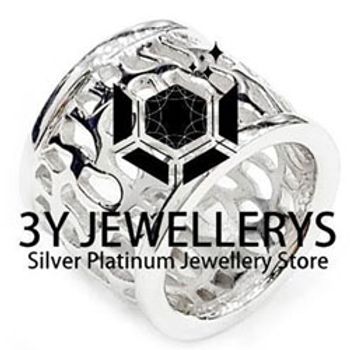A gemstone or gem (also called a precious or semi-precious stone, a fine gem, or jewel) is a piece of mineral, which, in cut and polished form, is used to make jewelry or other adornments.However certain rocks (such as lapis lazuli), or organicmaterials that are not minerals (such as amber or jet), are also used for jewelry, and are therefore often considered to be gemstones as well. Most gemstones are hard, but some soft minerals are used in jewelry because of their luster or other physical properties that have aesthetic value. Rarity is another characteristic that lends value to a gemstone. Apart from jewelry, from earliest antiquity until the 19th century engraved gems and hardstone carvings such as cups were major luxury art forms; the carvings of Carl Fabergé were the last significant works in this tradition.
Characteristics and classification
The traditional classification in the West, which goes back to the Ancient Greeks, begins with a distinction between precious and semi-precious stones; similar distinctions are made in other cultures. In modern usage the precious stones are diamond, ruby,sapphire and emerald, with all other gemstones being semi-precious.This distinction reflects the rarity of the respective stones in ancient times, as well as their quality: all are translucent with fine color in their purest forms, except for the colorless diamond, and very hard, with hardnesses of 8–10 on the Mohs scale. Other stones are classified by their color, translucency and hardness. The traditional distinction does not necessarily reflect modern values, for example, while garnets are relatively inexpensive, a green garnet called Tsavorite, can be far more valuable than a mid-quality emerald.Another unscientific term for semi-precious gemstones used in art history and archaeology is hardstone. Use of the terms 'precious' and 'semi-precious' in a commercial context is, arguably, misleading in that it deceptively implies certain stones are intrinsically more valuable than others, which is not the case.
In modern times gemstones are identified by gemologists, who describe gems and their characteristics using technical terminologyspecific to the field of gemology. The first characteristic a gemologist uses to identify a gemstone is its chemical composition. For example, diamonds are made of carbon (C) and rubies of aluminium oxide (Al2O3). Next, many gems are crystals which are classified by their crystal system such as cubic or trigonal or monoclinic. Another term used is habit, the form the gem is usually found in. For example diamonds, which have a cubic crystal system, are often found as octahedrons.
Gemstones are classified into different groups, species, and varieties. For example, ruby is the red variety of the species corundum, while any other color of corundum is considered sapphire. Another example are the Emerald (green), aquamarine (blue), red beryl(red), goshenite (colorless), heliodor (yellow), and morganite (pink), which are all varieties of the mineral species beryl.
Gems are characterized in terms of refractive index, dispersion, specific gravity, hardness, cleavage, fracture, and luster. They may exhibit pleochroism or double refraction. They may have luminescence and a distinctive absorption spectrum.
Material or flaws within a stone may be present as inclusions.
Gemstones may also be classified in terms of their "water". This is a recognized grading of the gem's luster and/or transparency and/or "brilliance". Very transparent gems are considered "first water", while "second" or "third water" gems are those of a lesser transparency.
